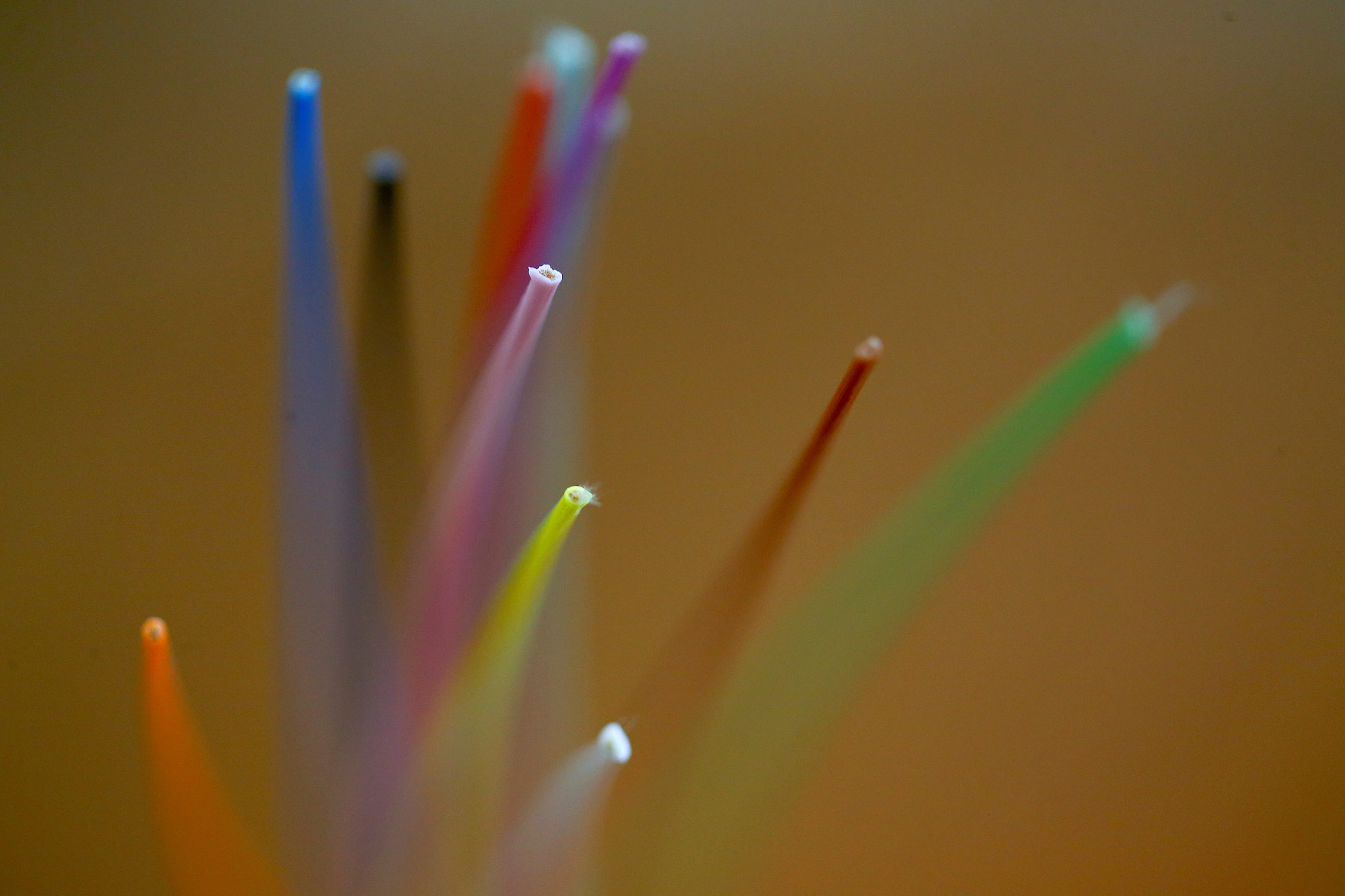Arctic data cable linking Europe to Japan secures first investment
The pan-Nordic network operator NORDUnet said it had signed a letter of intent to invest in one of the 12 planned pairs of fibers.

HELSINKI — A plan to build the first fiber-optic cable across the Arctic has secured its first investment, the consortium behind the 1.1 billion euro ($1.15 billion) scheme said on Friday.
The subsea cable, which the developers say will be the first to be laid on the Arctic seabed, will connect Europe and Japan via North America as part of the global internet infrastructure.
An earlier plan to run the cable along the Russian Arctic coastline, in a venture with Russia’s second-biggest mobile phone operator Megafon, was cancelled last year.
This was due to Russia’s increased reluctance to authorize the cable being laid in its territorial area, Finland’s Cinia, the company leading the Far North Fiber consortium, said.
[A new Arctic fiber project aims to link Asia and Europe via the Northwest Passage]
Far North Fiber is a joint venture between Cinia, U.S.-based Far North Digital and Japan’s Arteria Networks.
“We may have seen other signs of growing nationalism in Russia and that’s what we experienced in the project too,” Cinia Chief Executive Ari-Jussi Knaapila told Reuters.
The cable, which will run from the Nordics to Japan via Greenland, Canada and Alaska, will cut delays in data transmission between Frankfurt and Tokyo by around 30 percent, he said.
NORDUnet, a pan-Nordic research and education network operator, said it had signed a letter of intent with Far North Fiber to invest in one of the 12 planned pairs of fibers that will be contained inside the cable.
Far North Fiber gave no value for the investment but a source said one pair of fibers was worth around 100 million euros, with a further 100 million in maintenance costs required throughout its 30-year lifespan.
[Company to answer Nunavut concerns over massive fiber optic cable plan]
Existing network cables between Europe and Asia run mainly through the Suez Canal, which is vulnerable due to damage from heavy shipping traffic, Knaapila said.
“We are all more and more dependent on the web and its usability depends on how many alternative routes there are.”
Cinia, a network company majority-owned by the Finnish state, is involved as its mandate is to improve and diversify Finland’s connectivity, which now largely relies on cables connecting it to the rest of Europe.
This article has been fact-checked by Arctic Today and Polar Research and Policy Initiative, with the support of the EMIF managed by the Calouste Gulbenkian Foundation.

Disclaimer: The sole responsibility for any content supported by the European Media and Information Fund lies with the author(s) and it may not necessarily reflect the positions of the EMIF and the Fund Partners, the Calouste Gulbenkian Foundation and the European University Institute.